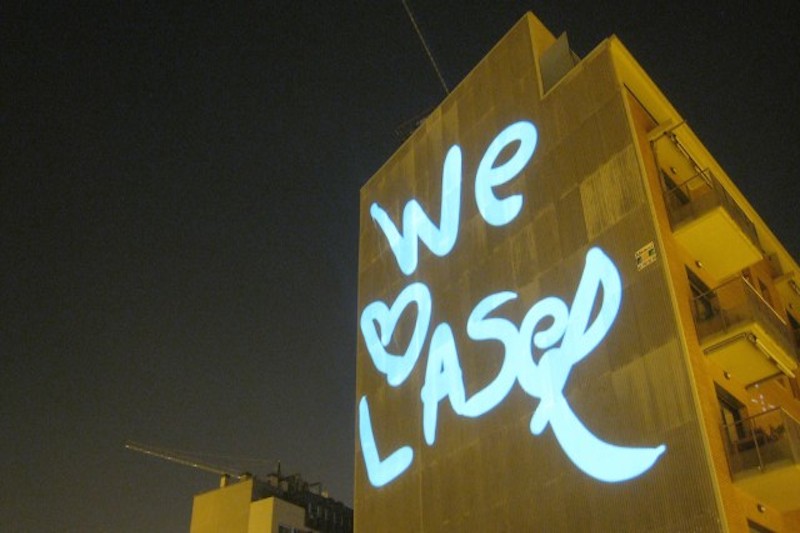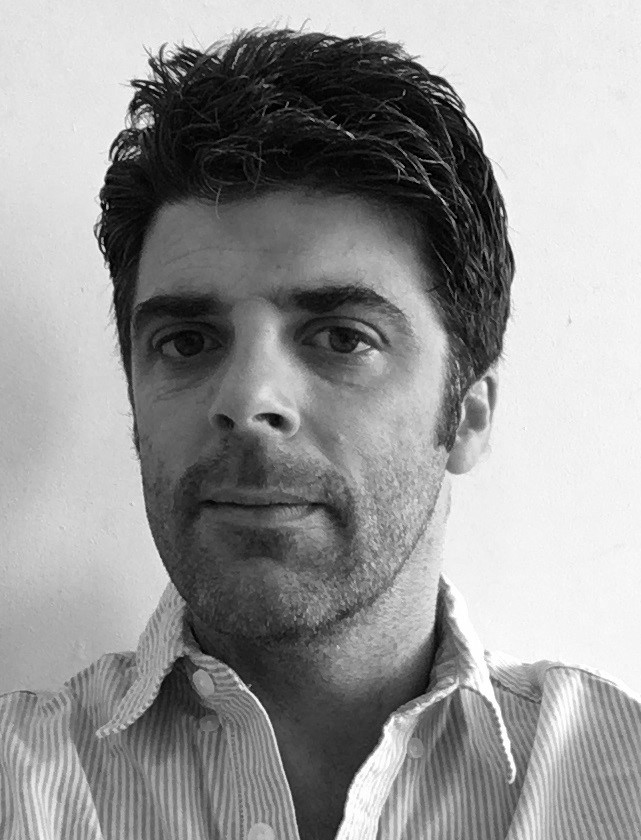The laser changed everything. This is its story
Without the laser, half of today's best tech wouldn't work. But the story of its development will surprise you


The laser is one of the basic building blocks of modern technology. Strange to say, then, that when the laser was first conceived, nobody had a concrete idea of why you might want one, and some even considered the laser a waste of time. We owe its existence to a small group of people who thought differently, and who were smart enough to overcome every obstacle in their way.
Origins of the laser
The history of the laser actually begins with Albert Einstein, who in 1917 delivered a paper titled On the Quantum Theory of Radiation. Taking Max Planck's law of radiation as a starting point, Einstein theorised that, beside absorbing and emitting light spontaneously, electrons could be stimulated to emit light of a specific wavelength. So the theoretical foundations of the laser were laid down.
It took over thirty years for anyone to bring Einstein's ideas to fruition. In 1928, the German physicist, Rudolf Ladenburg, confirmed the existence of stimulated emission, while in 1939 the Russian Valentin A. Fabrikant predicted it could be used to amplify short visible waves. It was only in 1947 that Americans Willis E. Lamb and R.C. Retherford could first demonstrate the phenomena.
Inventing the maser
By the early 1950s, physicists in the US, Europe and Soviet Union were working on putting stimulated emission to practical use, yet their first target wasn't light but microwave radiation. In 1953, Charles H. Townes of Columbia University, working with graduate students James P. Gordon and Herbert J. Zeiger, produced the first Maser (microwave amplification by stimulated emission of radiation), a device that used stimulated emission in a stream of energised ammonia molecules to produce a coherent beam of electromagnetic waves. Meanwhile, in the USSR, Nikolay Basov and Aleksandr Prokhorov of the Lebedev Institute of Physics were at work on their own maser technology. Having described the principles at a Russian conference in 1952, they continued work in the field, proposing key improvements that would make masers more practical and efficient.
From maser to laser
Having pioneered the maser, Townes and his brother-in-law Arthur Schawlow, working at Bell Labs, began serious research into infrared masers, before abandoning the infrared spectrum to focus on the emission of visible light. Townes called the concept an optical maser. At the same time, a graduate student at Columbia University, Gordon Gould, was working on a doctoral thesis about the energy levels of excited thallium. Gould and Townes discussed radiation emission, and in 1957 Gould wrote down his ideas for a laser, coining the acronym and describing its essential elements. Gould, now working for the private research company TRG, continued work during 1958, as did Townes and Schawlow independently at Bell Labs. Meanwhile, Prokhorov and Basov proposed and researched their own optical maser design.
It may never be clear who invented the laser. Gould published his research in a 1959 paper and applied for a patent on the core technology with TRG. However, in 1960, the patent was denied and one awarded to Townes, Schawlow and Bell Labs. The result was one of the longest patent wars in history, only settled in Gould's favour in 1977, with 48 patents awarded, covering many commercially valuable elements and applications.
Building the laser
What is clear is who built the first laser. Bell Labs, RCA, IBM and others all raced to develop laser technology, but it was Theodore Maiman at Hughes Research Labs who demonstrated the first working laser in May 1960. Like Townes and Schwlow, Maiman had settled on ruby as a medium for his laser, but one of the problems was finding a light source intense enough to excite or "pump" the electrons in the ruby rod. Ingeniously, Maiman tried commercial Xenon flashtubes, and so produced the first beam of laser light.
Get the ITPro daily newsletter
Sign up today and you will receive a free copy of our Future Focus 2025 report - the leading guidance on AI, cybersecurity and other IT challenges as per 700+ senior executives
This was a breakthrough, and labs around the world worked fast to replicate it, many building their own lasers within months. Yet Maiman's laser was only capable of pulsing operation, not a constant beam. Later that year, Ali Javan, William R. Bennett and Donald Herriot of Bell Labs constructed the first gas laser, using helium and neon, which was capable of continuous operation. Javan then followed this up by proposing the laser diode with Nikolay Basov a concept made real in 1962 by Robert N. Hall and his gallium arsenide laser diode, and by Nick Holonyak Jnr, whose red-light semiconductor laser was the ancestor of the lasers used in CDs and DVD players today.
Since then, the laser has seen numerous improvements, becoming smaller, more powerful, more precise and more energy-efficient. Maiman famously described his laser as "a solution looking for a problem", while his boss, Howard Hughes, struggled to envisage applications, yet we're still finding new uses for the laser. From the CD player and the laser printer to the speed-of-light optical processors we might see in the laptops of tomorrow, it's one technology that never seems to dim.
Image by Silver Smith
This article originally appeared on sister title Alphr
Stuart has been writing about technology for over 25 years, focusing on PC hardware, enterprise technology, education tech, cloud services and video games. Along the way he’s worked extensively with Windows, MacOS, Linux, Android and Chrome OS devices, and tested everything from laptops to laser printers, graphics cards to gaming headsets.
He’s then written about all this stuff – and more – for outlets, including PC Pro, IT Pro, Expert Reviews and The Sunday Times. He’s also written and edited books on Windows, video games and Scratch programming for younger coders. When he’s not fiddling with tech or playing games, you’ll find him working in the garden, walking, reading or watching films.
You can follow Stuart on Twitter at @SATAndrews.
-
 Should AI PCs be part of your next hardware refresh?
Should AI PCs be part of your next hardware refresh?AI PCs are fast becoming a business staple and a surefire way to future-proof your business
By Bobby Hellard Published
-
 Westcon-Comstor and Vectra AI launch brace of new channel initiatives
Westcon-Comstor and Vectra AI launch brace of new channel initiativesNews Westcon-Comstor and Vectra AI have announced the launch of two new channel growth initiatives focused on the managed security service provider (MSSP) space and AWS Marketplace.
By Daniel Todd Published